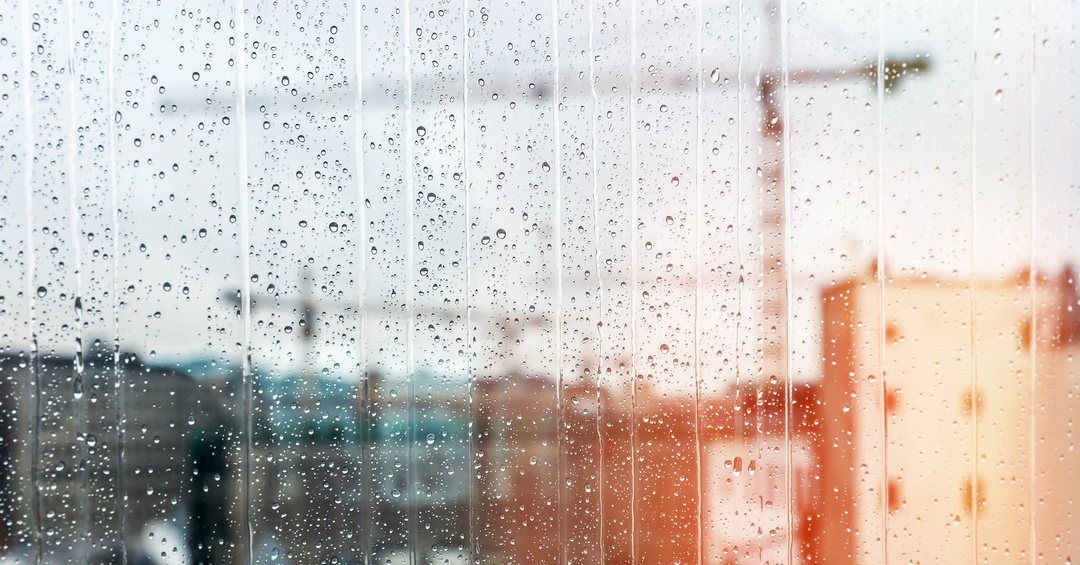Today's construction methods are causing more water damage
Weather-related damage have cost 28 billion NOK in compensations over the past 10 years. Current buildings are not prepared for future weather conditions.
We are experiencing more extreme rainfall
Since 2010, we have witnessed seven of the worst years for water damage in history. The increase particularly applies to damages caused by extreme rainfall, which is becoming more frequent. Klima Norge points out that the trend in the coming decades will be a warmer climate and more extreme rainfall.
There is strong evidence suggesting an increase in annual average precipitation by between 5 - 30% over the next 50 years.
Data from SINTEF Community indicates that during the same period, we will likely see a significant increase in the number of water damages. These damages result from rapid weather changes and subsequent extreme rainfall. The damages will affect the building envelope in general, and compact roofs and terraces in particular.
Damages from extreme rainfall account for about half of the compensations for all weather- and nature-related damages in the past 10 years. Insurance companies, property developers, and other stakeholders with direct or indirect responsibility for buildings are rightfully concerned about the future.
A large portion of the damages can be prevented
with solutions from Sensor Innovation.
Construction methods create problems for the future
Today's construction methods do not account for the developments in precipitation. New buildings being erected are simply not suitable for future climates. The statistics document this trend.
Moreover, as it becomes increasingly common to redefine the use of flat roofs to communal areas with activity and to install blue roofs designed to collect rainwater and channel it controlled into drains, the risk of water damage significantly increases.
In climate adaptation of buildings, knowledge of local climate and building design becomes crucial (Guidance for Climate Adaptation of Buildings and Infrastructure, Norwegian Environment Agency). New uses of roofs for energy production (green roofs) lead to increased stress on the building stock and create more critical points. This also makes traditional condition monitoring even more challenging.
Better maintenance prolongs lifespan
If we value climate-adapted buildings with long lifespans, predictable operating costs, and low emissions, we must think differently. Construction methods need to evolve, and the most obvious solution revolves around condition-based maintenance with a focus on prevention.
Implementing preventive measures in the form of condition monitoring is cost-effective. A significant portion of the damages in recent years could have been avoided with the into® Control System.
Our technology detects building moisture and prevents water/frost damages before extensive damage spreads. We have numerous reference customers with experience in the impact of condition-based moisture monitoring if you wish to learn more.
Would you like to know more about how our technology minimizes the risk of water damages in buildings? Contact us today.
